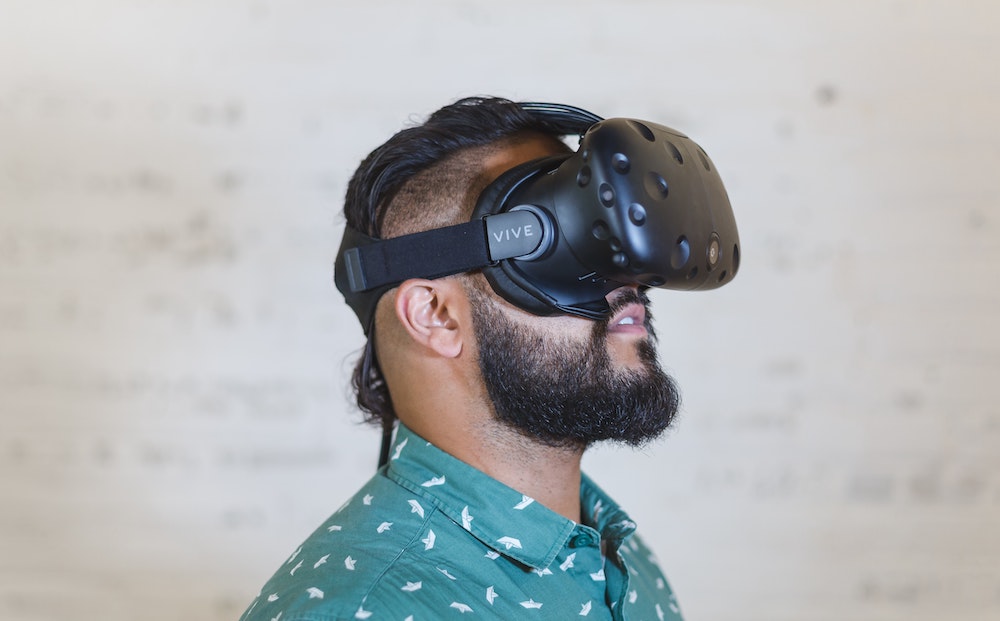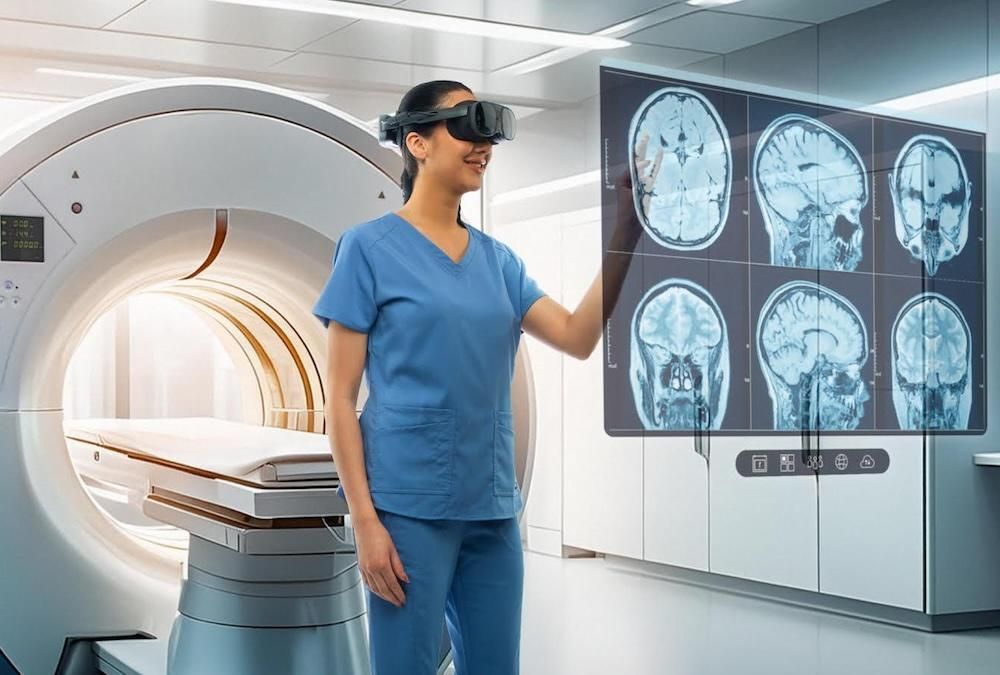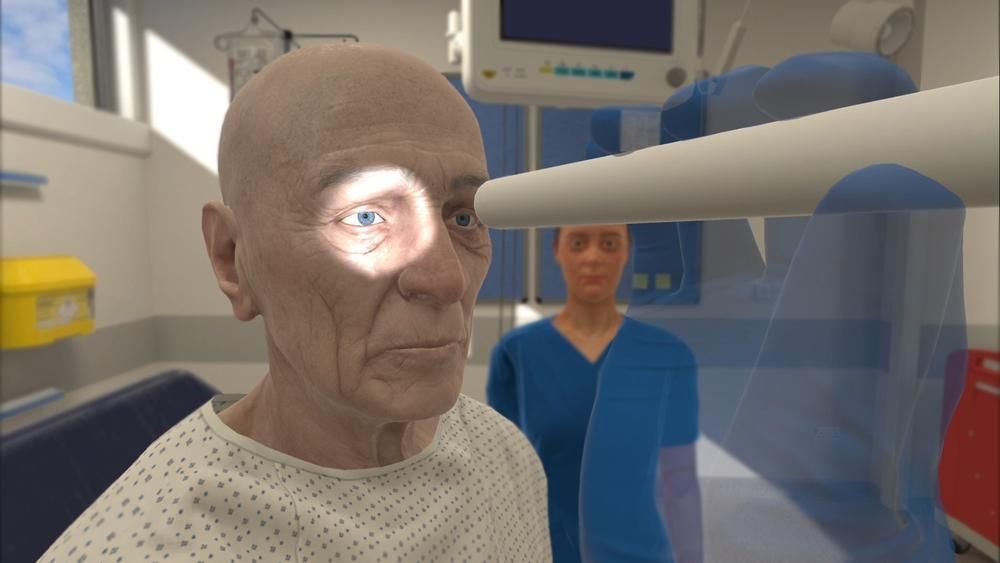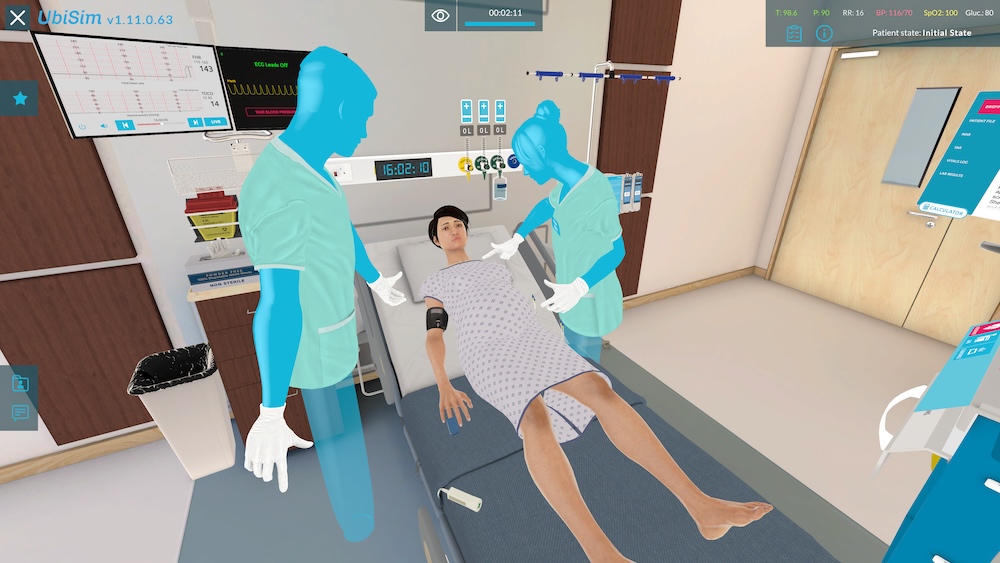Scouring the web for the best medical simulation content we have come across numerous articles in the past month which focus on Virtual Reality (VR) technologies in Medicine and Healthcare that we are sharing here today. VR is a crucial technology for medical simulation in that it will help to bridge the gap between classroom experiences and high stakes high-fidelity simulation experiences which are extremely expensive to operate. In the future, VR headsets will enable learners to plug in from almost anywhere, to train through any scenario with an endless number of participants located all over the world. And all in real-time with the most advanced graphics and psychologically proven learning models which humans have ever seen. The sooner we understand this future reality is a given, the sooner we can grasp it and make it a reality now!
Labster: Will VR change education for the better? The first study set out to uncover the effects of low-immersion VR versus high-immersion VR. This investigation was conducted by Guido Makransky and Thomas Terkildsen from the Department of Psychology at the University of Copenhagen, with Richard Mayer, who is Distinguished Professor of Psychology at the University of Santa Barbara, California. Their paper “Adding immersive virtual reality to a science lab simulation causes more presence but less learning” is published in Learning and Instruction. We at Labster are very happy to have the ability to facilitate a study with such credentials. In the study, 52 university students learned from a science simulation via either a desktop display (low-immersion) or a head-mounted display (high-immersion). Students reported increased presence (see “Presence” in the graph below) in the high-immersion VR condition. Presence is an important and positive factor, and a psychological index that in simple terms makes the simulation more believable and real to the user. This may affect how the memory of learning is built and gives the user a more positive feeling about their learning overall. Presence can be particularly important for distance learners, or when considering how to encourage students to stay in their courses by building positive experiences. However, this study also found that whilst presence and engagement increased in students, there was no increase in learning outcomes – in fact they learned less.
How Virtual Reality Trains Situational Awareness in Healthcare Simulation: Virtual Reality provides the ideal tool for healthcare simulation situational awareness training because it engages multiple learning systems in the brain in synchrony. Situational awareness, defined as the ability to understand how information, events and actions impact the current and future situations, is critical in healthcare settings. Whether making a decision on the appropriate pharmacological or surgical intervention, healthcare professionals must make quick and accurate decisions under duress (e.g., time or social pressure), knowing full well that the situation could change drastically within minutes. This ability to know “what to do when”, and to “think on one’s feet” can make the difference between life or death, or calming a situation that could get out of control. Today, guest author Todd Maddox, Ph.D., Founder and CEO at Cognitive Design and Statistical Consulting, shares how VR trains situational awareness via Medical Simulation.
Forbes: VR is the New Reality for Healthcare: Training health professionals seems like the most immediate application of VR. An increasing number of health professionals and educators seem open to the idea of using gaming to supplement and enhance traditional health education that has tended to focus on two extremes: direct patient contact and textbook-and-lecture-based learning. The former is limited by the patients who happen to be available or the latter is limited by the fact that it can be really, really, really dull and virtually unrealistic. As Jenn McNamara, Vice President of Serious Games and Strategic Partnerships for BreakAway Games, related, “Seeing researchers in the healthcare community not only interested in using games for training and assessment of medical professionals but putting time and resources towards the validation of games for these applications is tremendously exciting. I expect we will see a major shift towards adoption of game-based applications in healthcare over the next decade.”
TechTrends Report – VR is Perfect for Training Clinical Skills: Learning science—the marriage of psychology and brain science–makes clear that knowledge acquisition and skill acquisition are mediated by distinct learning systems in the brain that each have their own unique processing characteristics. Thus, developing knowledge-based expertise is distinct from developing skill-based expertise. Gaining a solid knowledge base, such as knowing anatomy and physiology, what symptoms are associated with a specific disease, or the nature of specific drug interactions relies on the cognitive skills learning system in the brain, which has evolved to obtain knowledge and facts and to tie those to specific situations. I refer to this as the “what” system. Cognitive skill learning is mediated by the prefrontal cortex, hippocampus and associated medial temporal lobe structures in the brain and relies heavily on working memory and attention.
Latest Trends in VR, an Expanding Reality for Simulation:
Imagine putting on glasses and being in front of any simulated patient imaginable — that responds to you in real time. Blending cameras, motion sensor tracking, augmented reality, and amazing graphics output — Magic Leap continues to inspire developers from around the world to push new boundaries in virtual engagement. The new Magic Leap One is really only available for developers at this time as the cost is too high for general consumers, but that will change when the demand increases, and the software it there to start backing it up.
EurekaAlert news recently covered how a “Stanford-developed virtual reality experience, called “Becoming Homeless,” is helping expand research on how this new immersive technology affects people’s level of empathy.” According to new Stanford research, people who saw in virtual reality, also known as VR, what it would be like to lose their jobs and homes developed longer-lasting compassion toward the homeless compared to those who explored other media versions of the VR scenario, like text.
DigitalTrends shared last week about a new Haptic device glove that lets your feel virtual objects. As “Virtual reality can be a truly immersive experience, but a touch of an object in the virtual world doesn’t quite equate to a physical touch you would expect in real life. That is exactly what scientists from EPFL and ETH Zurich have worked to address with newly developed thin and light VR gloves.”
Latest VR News:
- Health Scholar’s VR training for cardiac care, Wolters Kluwer’s mobile CME management and more digital health news briefs
- Surgery Residents Begin Training in VR
- Virtual-reality performance correlates significantly with real-life cataract surgical performance
- VR surgical training platform expands after use at Newcastle Hospital
- Osso VR Brings Surgical Training Tech to Europe
- AR Post: The First Virtual Reality App for Live Operating Room Experiences Now Available in the Oculus Store (photo credit).
- Top 5 Uses of Virtual Reality (VR) in Healthcare
- Arch Virtual launches virtual reality training kit
- How Virtual Reality Is Transforming the Future of Surgical Training








